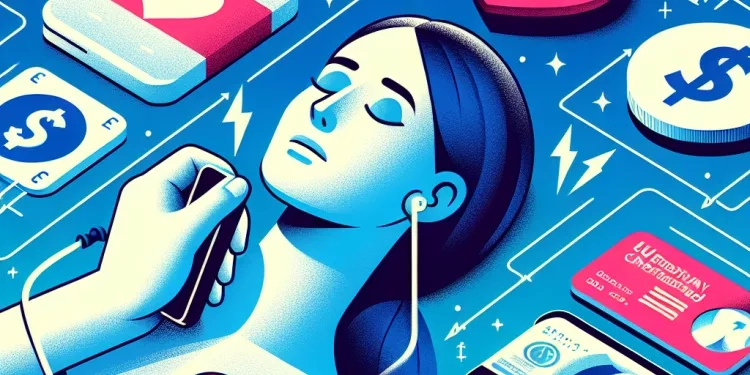
Find Help
More Items From Ergsy search
-

Who can use a defibrillator?
Relevance: 100%
-
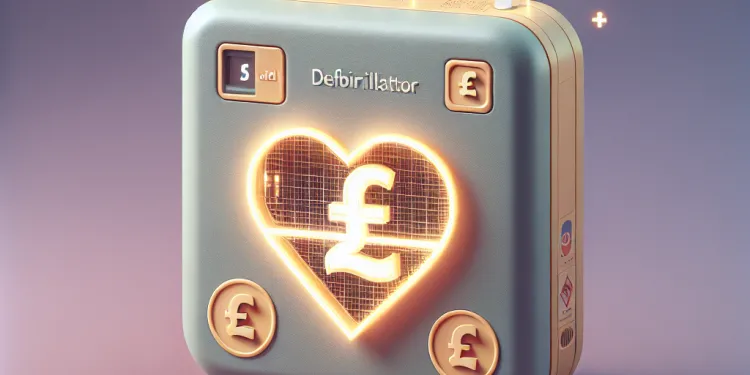
Can defibrillators be used on children?
Relevance: 99%
-
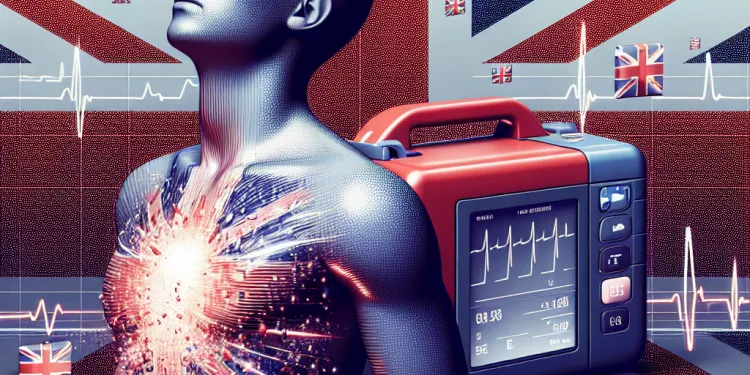
Can you use a defibrillator on a wet person?
Relevance: 92%
-
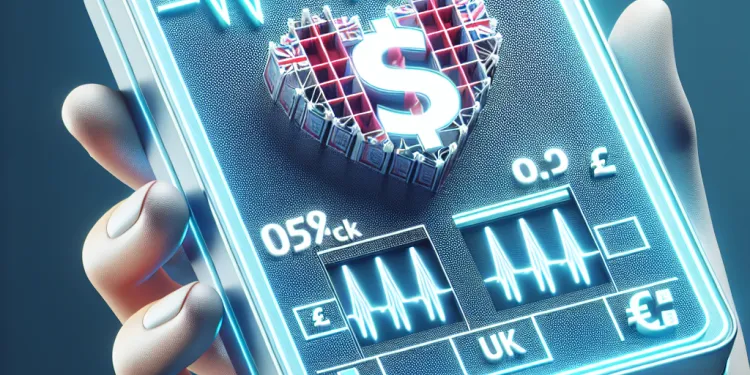
What is a defibrillator?
Relevance: 87%
-

How effective are defibrillators?
Relevance: 83%
-

What is the role of a defibrillator in CPR?
Relevance: 81%
-
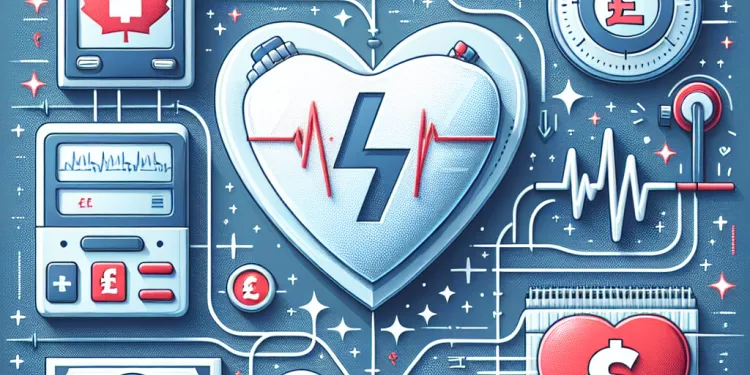
How does a defibrillator work?
Relevance: 80%
-

What are the different types of defibrillators?
Relevance: 79%
-
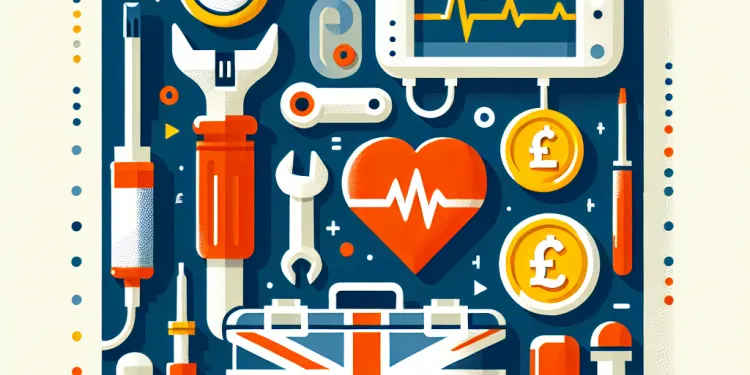
What maintenance do defibrillators require?
Relevance: 78%
-

Can a defibrillator restart a stopped heart?
Relevance: 78%
-

How long do defibrillator batteries last?
Relevance: 77%
-

How do you know if a defibrillator is required?
Relevance: 77%
-
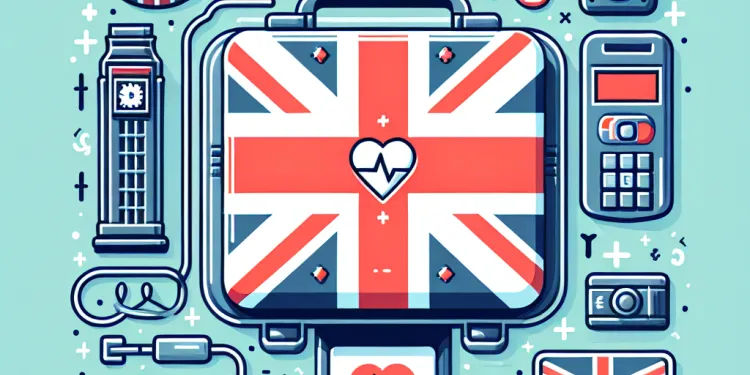
Do defibrillators have any side effects?
Relevance: 77%
-
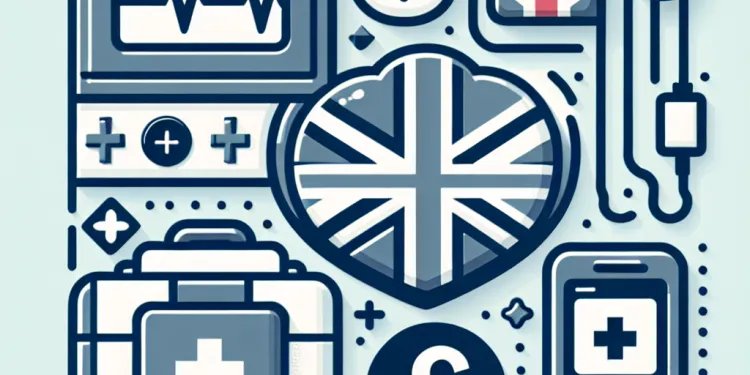
What should you do if a defibrillator is needed?
Relevance: 76%
-

Is it safe to use a defibrillator on someone with a pacemaker?
Relevance: 72%
-
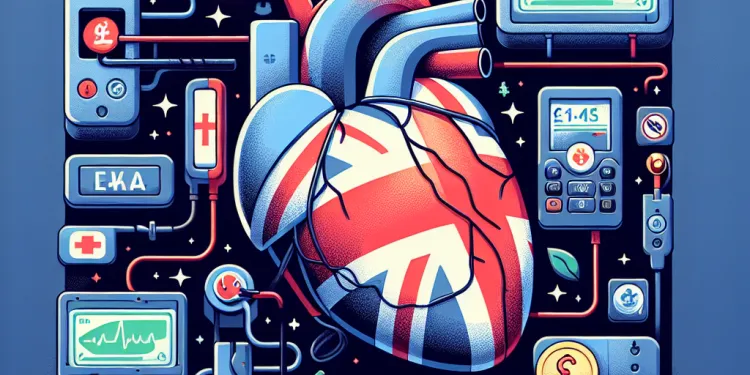
Why are defibrillators important?
Relevance: 59%
-
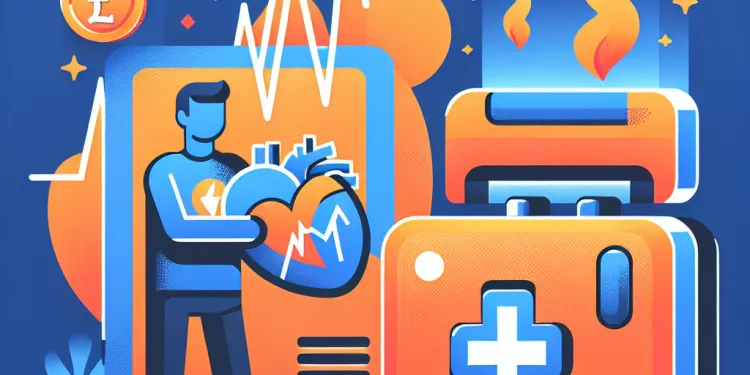
What is a Defibrallator?
Relevance: 47%
-

Is training required to use an AED?
Relevance: 47%
-
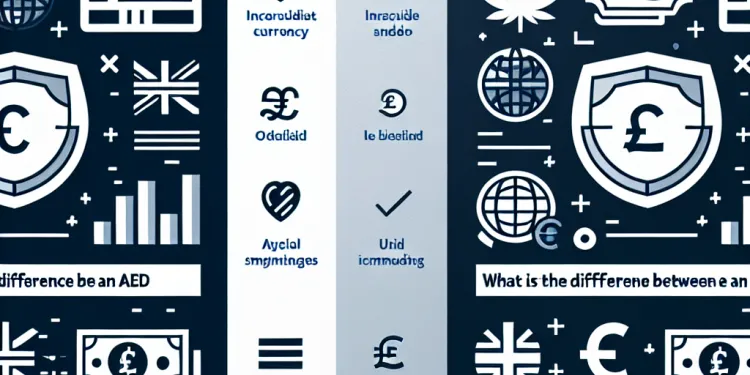
What is the difference between an AED and an ICD?
Relevance: 31%
-

What is an AED?
Relevance: 28%
-
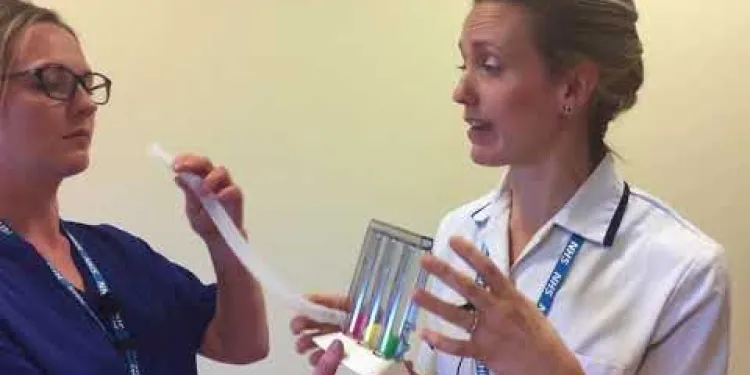
Using Incentive Spirometry
Relevance: 27%
-
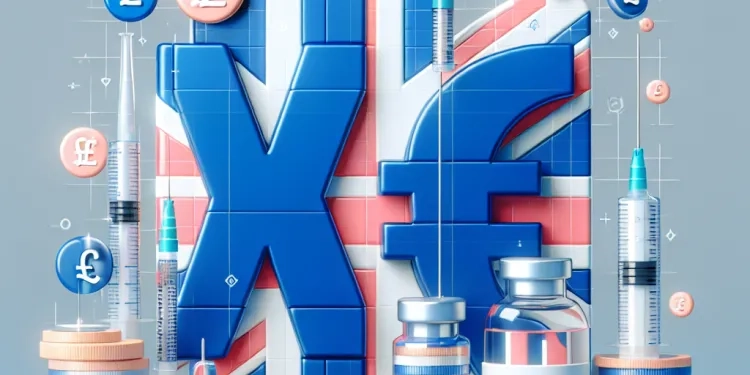
What is Botox used for?
Relevance: 27%
-
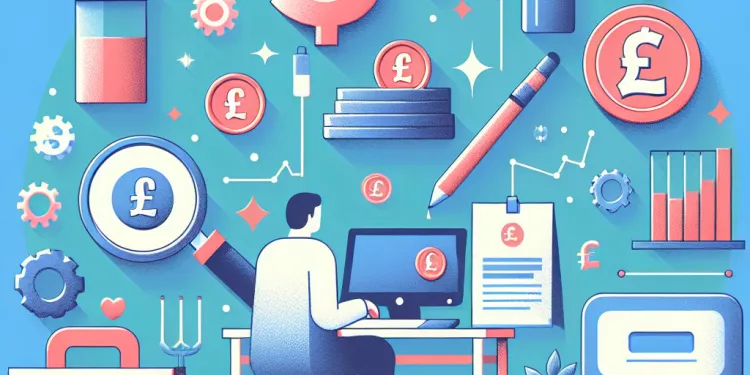
What is Baxdrostat used for?
Relevance: 27%
-

Is homeopathy widely used in the UK?
Relevance: 27%
-

What are the uses of cannabis extract?
Relevance: 26%
-
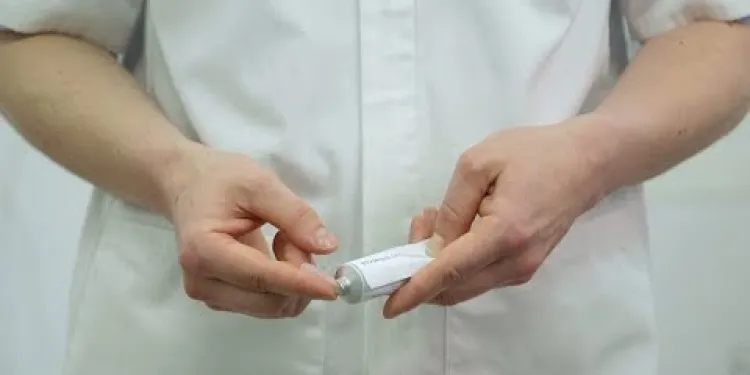
How to use topical steroids
Relevance: 26%
-
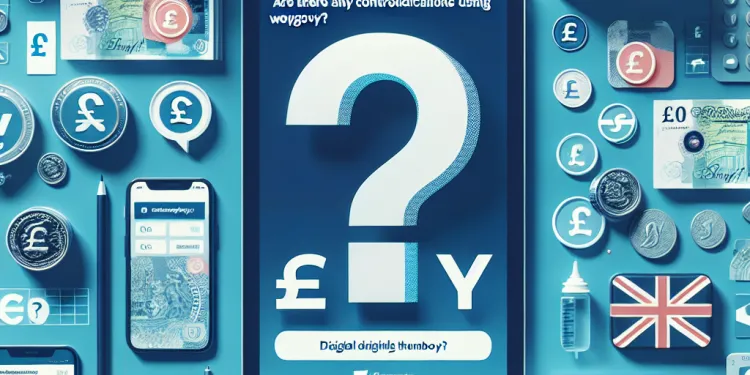
Are there any contraindications for using Wegovy?
Relevance: 25%
-

What is a common use of paracetamol?
Relevance: 25%
-
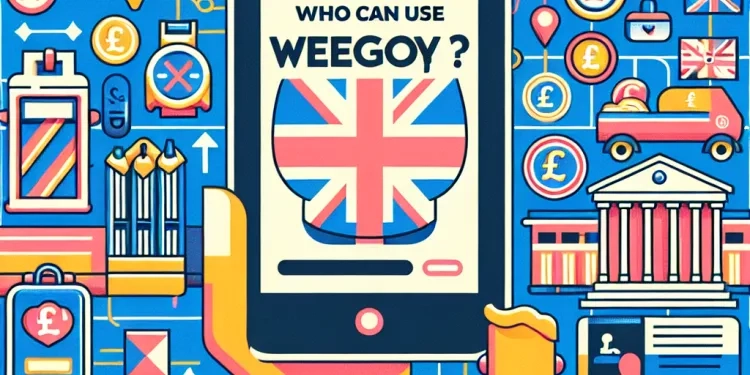
Who can use Wegovy?
Relevance: 25%
-
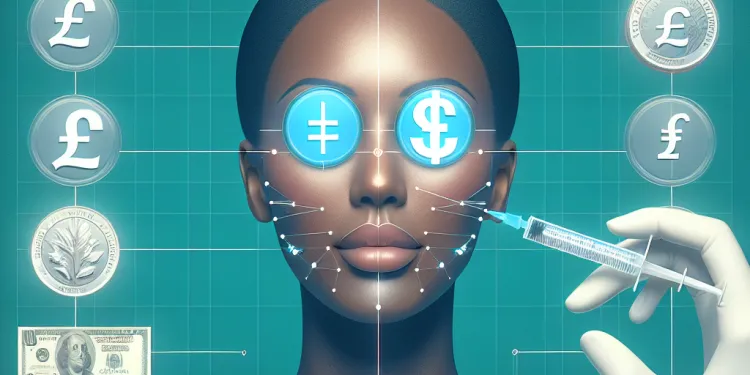
What are the common uses of Botox?
Relevance: 25%
-
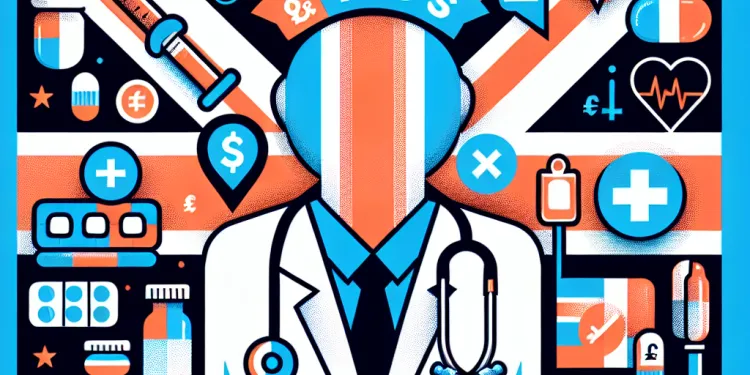
Are there any contraindications for using Baxdrostat?
Relevance: 25%
-
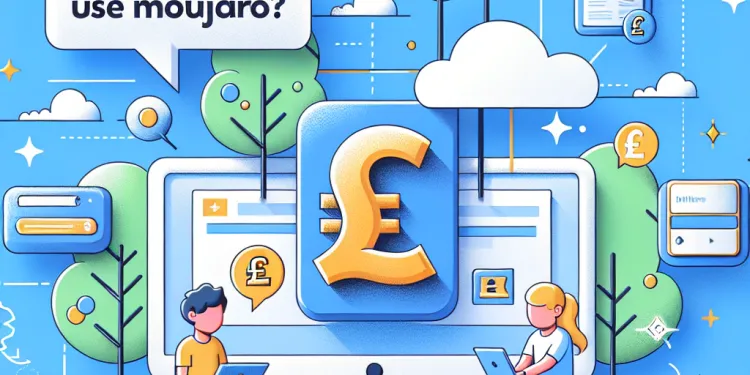
Can children use Mounjaro?
Relevance: 25%
-
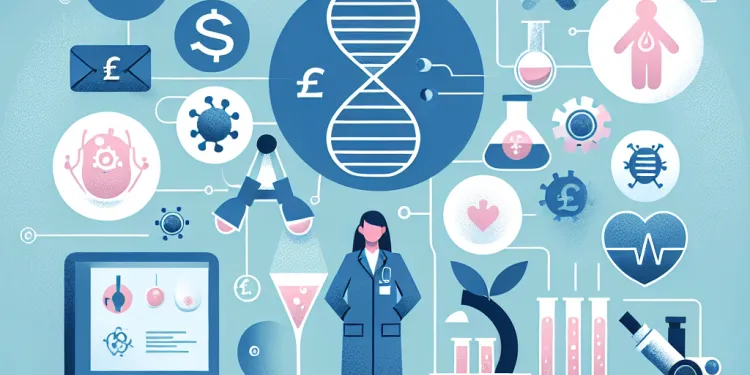
How is the sperm used in IVF?
Relevance: 25%
-
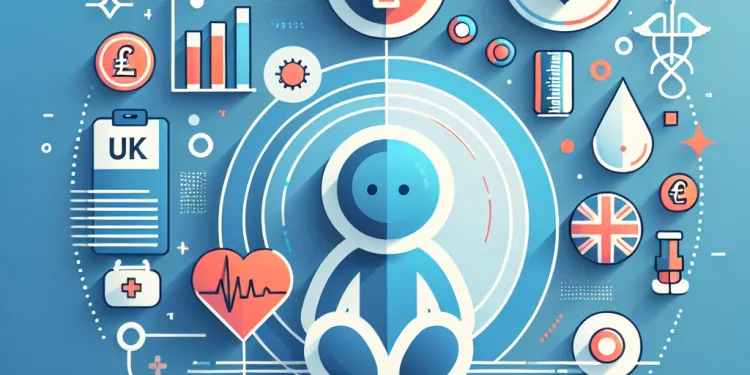
Can Wegovy be used by children?
Relevance: 25%
-
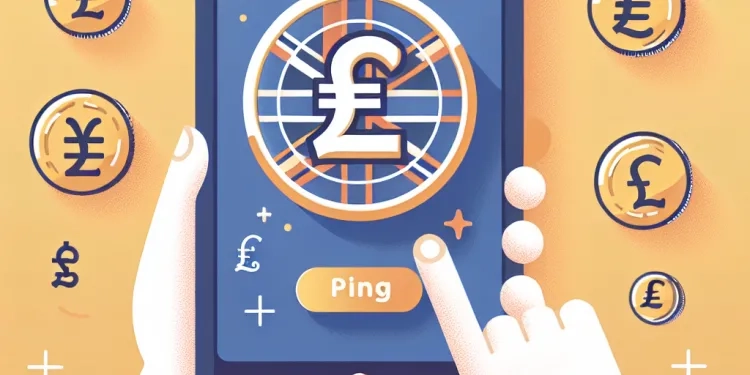
What is Baxdrostat and what is it used for?
Relevance: 25%
-

Can I use expired sunscreen?
Relevance: 25%
-
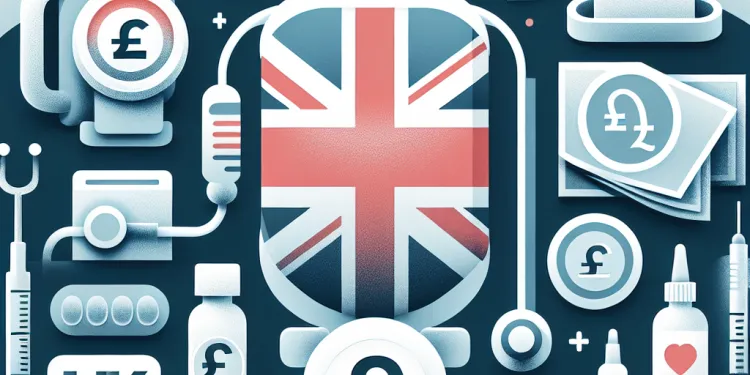
Is Ozempic safe for everyone to use?
Relevance: 25%
-
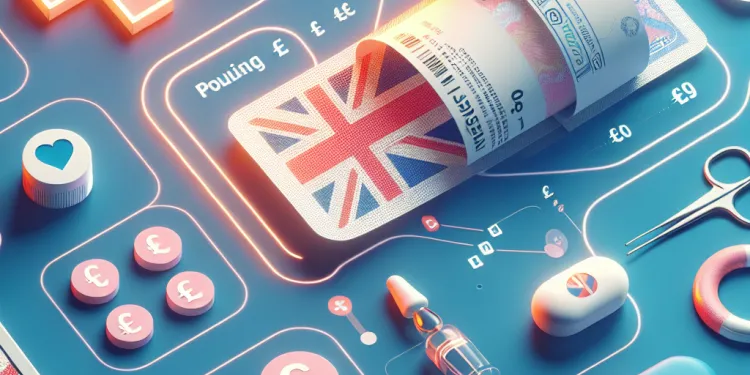
Can GLP-1 be used as a medication?
Relevance: 25%
-

What are the benefits of using cryptocurrencies?
Relevance: 24%
-
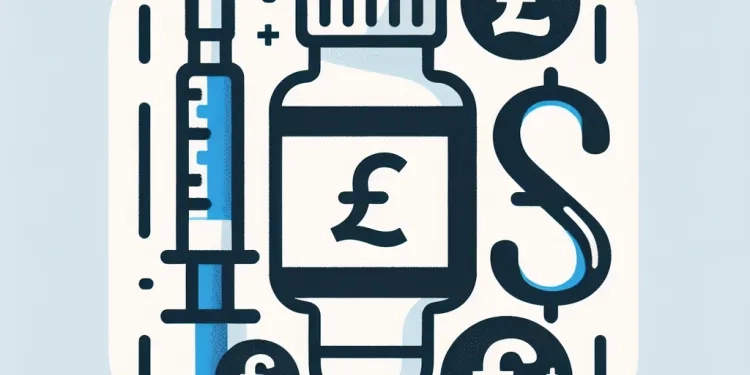
Is Teplizumab used to treat diabetes?
Relevance: 24%
Who Can Use a Defibrillator?
In the United Kingdom, defibrillators are vital devices used in emergencies to help restore a normal heart rhythm in cases of cardiac arrest. While these devices may seem complex, they are designed for ease of use, allowing even untrained bystanders to operate them effectively.
Training and Qualifications
Although specific training on defibrillators, also known as automated external defibrillators (AEDs), is beneficial, it is not a legal requirement for their use. Many people undergo basic life support (BLS) or first aid training courses where they learn to use AEDs. These courses, often provided by organizations such as the British Heart Foundation or St John Ambulance, offer valuable skills that increase confidence in using defibrillators during emergencies.
The simple, user-friendly design of AEDs means they can also guide individuals who have never used them before. Built-in visual and audio prompts provide step-by-step instructions, from turning the device on to delivering a shock when necessary.
Public Access and Legislation
Public access defibrillators (PADs) are strategically placed in public areas across the UK, such as shopping centres, train stations, and sports venues, to allow swift access during critical situations. These devices are specifically intended for use by the general public. The placement of these AEDs often ensures they are readily available until emergency services arrive.
Current legislation does not impose restrictions on who can use a defibrillator. The Resuscitation Council UK supports the notion that anyone can use an AED, emphasizing that these devices are safe and designed for laypersons. The priority in a cardiac emergency is to act quickly and confidently, even if you have no formal training.
Legal Protection
The UK provides legal protection to individuals who assist in emergencies, including using a defibrillator. Under the Social Action, Responsibility, and Heroism Act 2015, those who intervene in emergencies are protected from liability if they act responsibly and with care. This legal framework aims to encourage more people to assist without fear of legal repercussions should unintended consequences arise.
Benefits of Public Involvement
Widespread knowledge and willingness to use AEDs significantly impact cardiac arrest survival rates. Immediate defibrillation, combined with CPR, can dramatically increase a victim's chances of survival. As more people understand that anyone can and should use a defibrillator in emergencies, the likelihood of saving lives across the UK increases.
In summary, while training can enhance confidence and effectiveness, the accessible design of defibrillators ensures that anyone, regardless of experience, can potentially save a life during a cardiac emergency. Empowering the public with this knowledge continues to be a priority in improving community health outcomes.
Who Can Use a Defibrillator?
A defibrillator is a machine that helps someone’s heart start beating normally again if it stops. In the UK, these machines are important during emergencies. Defibrillators may look complicated, but they are made so anyone can use them, even if they haven’t been trained.
Training and Qualifications
You do not need special training to use a defibrillator. But learning how to use one is very helpful. Some people take classes called Basic Life Support (BLS) or first aid. Groups like the British Heart Foundation or St John Ambulance teach these classes. They help people feel more sure about using defibrillators when needed.
Defibrillators are simple and easy to use. They have pictures and sounds that tell you what to do. This means anyone can follow the steps to help someone in need.
Public Access and Legislation
Many defibrillators are placed in public places like shopping centres, train stations, and sports venues in the UK. They are there for anybody to use when someone needs help. These machines are meant for everyone to use to help save lives until ambulance services arrive.
There are no rules stopping people from using a defibrillator. The Resuscitation Council UK says anyone can use one safely. The most important thing in an emergency is to act fast, even if you haven’t had training.
Legal Protection
If you help someone using a defibrillator in an emergency, the UK law protects you. The law, called the Social Action, Responsibility, and Heroism Act 2015, means you won’t get in trouble if you try to help and do your best. This law encourages everyone to help in emergencies without being scared of getting into legal trouble if something goes wrong.
Benefits of Public Involvement
When more people know how to use defibrillators, it can help save more lives. If someone’s heart stops, using a defibrillator quickly, along with CPR, can help them survive. The more people who know they can use a defibrillator in an emergency, the more lives can be saved in the UK.
In short, while classes can help make people feel more comfortable, defibrillators are easy to use by anyone. Knowing that everyone can help in an emergency can make communities healthier and safer.
Frequently Asked Questions
What is a defibrillator?
A defibrillator is a medical device that delivers an electrical shock to the heart to restore a normal heartbeat in cases of sudden cardiac arrest.
Who can use a defibrillator?
Defibrillators, especially Automated External Defibrillators (AEDs), are designed to be used by laypeople with minimal training, as well as healthcare professionals.
Do you need certification to use a defibrillator?
While certification is not required to use an AED in an emergency, taking a CPR and AED training course is recommended to ensure confidence and effectiveness.
Can children use a defibrillator?
Older children and teenagers who understand the device's instructions can use a defibrillator, especially AEDs, which provide guided audio and visual directions.
Are there any age restrictions for using a defibrillator?
There are no strict age restrictions, but the user should be capable of understanding and following the AED's instructions.
Are defibrillators safe for untrained people to use?
Yes, AEDs are specifically designed to be safe for use by untrained individuals, with automated prompts to guide the user through the process.
Is there any risk of legal liability when using a defibrillator?
Good Samaritan laws in many regions protect individuals who attempt to assist someone in an emergency, including using an AED, from legal liability.
What should I do if I’ve never used a defibrillator before?
If you've never used a defibrillator before, follow the device's voice prompts and visual instructions carefully. AEDs are intuitive and guide you through the process.
Can anyone be denied access to a defibrillator?
In emergency situations, AEDs should be accessible to anyone who may need to use them to help a person in cardiac arrest.
Are defibrillators available for public use?
Many public spaces, such as airports, shopping malls, and schools, have AEDs available for public use in case of an emergency.
Do I need permission to use a defibrillator on someone?
In emergencies, implied consent is assumed, allowing bystanders to use an AED on someone who is unconscious and in need of urgent help.
Should I perform CPR if a defibrillator is not available?
Yes, if an AED is not immediately available, you should begin CPR right away to assist in maintaining circulation until the defibrillator arrives or help comes.
Can defibrillators be used on infants?
Yes, some AEDs come with pediatric pads/settings and can be used on infants; if unavailable, normal pads can be used if placed correctly.
How do you know when to use a defibrillator?
Use a defibrillator when a person is unresponsive, not breathing or not breathing normally, indicative of cardiac arrest.
Where can I learn how to use a defibrillator?
CPR and AED training courses are offered by organizations such as the American Heart Association and the Red Cross. They teach proper use and handling.
What if the person is wet or lying on a metal surface?
Dry the person's chest if wet, and avoid allowing the defibrillator pads to contact metal. If necessary, move the person to a safer surface.
Why is it important to use a defibrillator quickly?
Rapid defibrillation is critical because it significantly increases the chance of survival after cardiac arrest, especially if done within the first few minutes.
How can I check if a defibrillator is working?
AEDs often perform self-checks and display a status indicator. Regular maintenance checks should be done according to the manufacturer's instructions.
What should I do after using a defibrillator?
Continue to provide CPR if necessary, and ensure emergency medical services are on the way. Inform responders about the defibrillator use when they arrive.
Can a defibrillator accidentally shock someone?
AEDs are designed to analyze the heart rhythm and will deliver a shock only if necessary, minimizing the risk of accidental shock.
What is a defibrillator?
A defibrillator is a machine that helps your heart start beating again if it stops. It gives a strong, quick shock to the heart.
If you want help reading, you can ask someone to read it with you or use a speech-to-text tool.
A defibrillator is a special machine. It gives an electric shock to the heart. This helps the heart beat normally again. It is used when someone's heart stops suddenly.
Who can use a defibrillator?
A defibrillator is a machine that helps someone when their heart stops. Anyone can use a defibrillator in an emergency. You just need to follow the instructions on the machine. They are easy to use.
If you are worried, you can take a first aid class to learn more. A guide or app can also help you understand what to do.
Defibrillators are machines that help when someone's heart stops. There is a special kind called AEDs, which stands for Automated External Defibrillators. These are made so that anyone can use them, not just doctors or nurses. You don't have to learn a lot to use them.
Do you need special training to use a defibrillator?
A defibrillator is a machine that helps when someone's heart stops. You do not need a special certificate to use it. But, it's a good idea to know how it works.
The defibrillator talks to you and tells you what to do. It is easy to follow the steps. You can watch a video or take a class to learn more.
You do not need a special certificate to use an AED in an emergency. But, it is a good idea to take a class about CPR and AED. This can help you feel ready and know what to do.
Can kids use a defibrillator?
A defibrillator is a machine that helps a person’s heart start beating normally again.
Kids can use it if they have learned how. It is important to have an adult nearby.
A defibrillator gives easy-to-follow steps. It talks to you and tells you what to do.
If you want to learn, ask a grown-up to teach you. They can help you practice.
Remember: Always call an emergency number if someone needs help.
Older children and teenagers can use a defibrillator if they can follow the device's instructions. AEDs (a kind of defibrillator) are easier to use because they talk to you and show you what to do.
Can anyone use a defibrillator? Are there age limits?
A defibrillator is a machine that helps when someone's heart stops. It is safe for everyone to use. There are no age limits for using it.
If you want to help, you can. You should always get an adult to assist you if you're unsure.
Here are some ways to make it easier:
- Ask an adult if you can watch videos on how to use a defibrillator.
- Follow the pictures and instructions on the defibrillator.
Remember, the most important thing is to call for help immediately.
There is no strict age limit, but the person using it should understand and follow the AED's instructions.
Can people who haven't been trained use defibrillators safely?
Defibrillators are machines that can help when someone’s heart stops. You press them on the person’s chest to try and make the heart start beating again.
Even though defibrillators seem complicated, they are designed to be easy to use. They have simple instructions and tell you what to do. Some machines even talk to you!
If you are unsure, it’s okay to ask for help from someone nearby. Sometimes emergency workers can talk to you on the phone and help.
It is always a good idea to learn more about defibrillators and how they work. Watching a video or joining a basic first aid class can help.
Remember, using a defibrillator quickly can help save a life, so don’t be afraid to try if you need to.
Yes, AEDs are made to be easy and safe for anyone to use. They talk to you and tell you what to do, step by step.
Can you get in trouble for using a defibrillator?
Sometimes people worry about getting in trouble if they try to help someone in need. A defibrillator is a machine that can help someone whose heart has stopped beating.
Here's what you need to know:
- If you try to help, most places have rules to protect you. - It's important to follow the instructions on the machine. - If you're unsure, it's good to call for help too.If you want to learn more, you could:
- Watch videos that show how to use a defibrillator. - Talk to someone who knows about first aid.Good Samaritan laws are rules that help people who try to help in an emergency. If you use a tool called an AED to help someone, these laws make sure you don't get in trouble for trying to help.
What do I do if I’ve never used a defibrillator before?
If you have never used a defibrillator, don't worry. A defibrillator is a machine that helps when someone’s heart stops. Here is what you can do:
- Stay calm: Take deep breaths to stay calm.
- Call for help: Ask someone to call emergency services.
- Follow the instructions: Many defibrillators have pictures or a voice that tells you what to do. Follow them step by step.
- Ask for help: If someone near you knows how to use it, ask them to help you.
Remember, doing something is better than doing nothing. A defibrillator can help save a life.
If you have never used a heart machine called a defibrillator, listen to what it says and look at the pictures. The machine talks to you and shows you what to do.
Can someone be stopped from using a defibrillator?
A defibrillator is a machine that helps if someone's heart stops. Everyone should be able to use it if needed. If unsure or scared, ask an adult or call for help.
In an emergency, AEDs should be easy for anyone to find and use to help someone whose heart has stopped.
Can anyone use defibrillators?
Yes, defibrillators are for everyone to use. They help people whose hearts stop working. Here are some tips:
- Look for a defibrillator sign. It's often green and white with a heart symbol.
- Follow the steps on the defibrillator. It will talk to you and tell you what to do.
- Stay calm and ask someone to help you if you can.
A lot of places like airports, shopping malls, and schools have AEDs. AEDs are machines that can help in emergencies.
Can I use a defibrillator on someone without asking first?
In emergencies, we think the person needs help, so we can use an AED on someone who is unconscious and needs help right away.
If you need support with reading, you can ask a friend or family to help you understand. Using pictures or videos may also help you learn more about it.
What should I do if there is no defibrillator? Can I still do CPR?
If there is no defibrillator, you can still help by doing CPR. CPR is when you push on the person's chest to help their heart. This can keep the person alive until help arrives.
Here’s how to do CPR:
- Call for help or ask someone to call 112 or 911.
- Push hard and fast in the middle of the person's chest with both hands.
- Keep pushing until help comes.
Some phones have helpful apps or videos that can show you how to do CPR. You can use these too!
If you don't have an AED right away, start CPR. This helps the heart keep going until the AED or help gets there.
Can you use defibrillators on babies?
Yes, some AEDs have special pads for children. You can use these on babies.
If you don't have the special pads, you can use the normal ones. Just make sure to put them in the right place.
You can ask a grown-up for help. It's also good to practice with an adult so you know what to do.
How do you know when to use a defibrillator?
A defibrillator is a machine that helps when someone's heart has stopped. It can give a strong shock to the heart to try and make it work again.
Here are some signs to look for:
- The person is not breathing.
- The person does not wake up when you talk to them or shake them gently.
- The person does not move at all.
If you see these signs, call for help and use a defibrillator if you have one. Always ask for an adult to help and call emergency services.
Using a defibrillator can save someone's life, so it's important to act quickly.
If you have any trouble, look for someone who can help you.
Use a defibrillator if someone won't wake up, is not breathing, or if their breathing is not normal. This can mean they might have a heart problem.
Where can I learn to use a defibrillator?
You can learn how to use a defibrillator in different places:
- Join a first aid class. They teach you how to help in emergencies.
- Look for special training at hospitals or fire stations.
- Find online videos or courses that show you what to do.
If you need help reading, ask a friend or family member to help you. They can read the instructions with you.
You can also use a text-to-speech tool. This reads the words out loud.
Places like the American Heart Association and the Red Cross teach people how to do CPR and how to use a machine called an AED. They show you the right way to do these things.
What happens if someone is wet or on metal?
If the person's chest is wet, dry it. Keep the defibrillator pads away from metal. If you need to, move the person to a safe place.
Why should you use a defibrillator fast?
A defibrillator helps when someone's heart stops. It's important to use it quickly because it can save a life.
Here are some tips to remember:
- If someone falls down and is not awake, call for help immediately.
- Get the defibrillator fast. Many places have them on the walls.
- Follow the simple steps on the machine. It will tell you what to do.
If you find it hard to read or understand, ask someone to help you. Remember, acting fast makes a big difference!
Using a defibrillator quickly is very important. It helps save lives if the heart stops, especially when used right away.
How can I check if a defibrillator is working?
You can see if a defibrillator is working by doing these things:
- Look at the screen: If there is a green light or a message that says "OK," it is working.
- Listen for beeps: Some defibrillators make sounds when they are ready.
- Check the battery: Make sure it has power or is charged.
- Follow instructions: There are pictures or words on it. They tell you what to do.
If you need help, you can ask someone, use a simple guide with pictures, or watch a video online.
AED machines check themselves and show if they are working. You should follow the maker's guide to keep them in good shape.
What do I do after using a defibrillator?
1. Call for help: Make sure someone has called 911 or emergency services.
2. Stay with the person: Keep checking if they are awake and breathing.
3. Follow instructions: Listen to and follow any instructions from the defibrillator.
4. Comfort the person: Talk to them and keep them calm if they wake up.
5. Wait for help: Stay with the person until help arrives.
Helpful Tools: You can use a timer or a watch to check how long you have been helping. This can be useful in case you need to let emergency services know.
Keep doing CPR if you need to. Make sure help is coming. Tell the emergency workers you used the defibrillator when they get there.
Can a defibrillator shock someone by mistake?
AEDs are machines that check the heart's beat. They give an electric shock only if it's needed. This helps stop accidental shocks from happening.
Useful Links
- Ergsy carfully checks the information in the videos we provide here.
- Videos shown by Youtube after a video has completed, have NOT been reviewed by ERGSY.
- To view, click the arrow in centre of video.
- Most of the videos you find here will have subtitles and/or closed captions available.
- You may need to turn these on, and choose your preferred language.
- Go to the video you'd like to watch.
- If closed captions (CC) are available, settings will be visible on the bottom right of the video player.
- To turn on Captions, click settings .
- To turn off Captions, click settings again.
More Items From Ergsy search
-

Who can use a defibrillator?
Relevance: 100%
-

Can defibrillators be used on children?
Relevance: 99%
-

Can you use a defibrillator on a wet person?
Relevance: 92%
-

What is a defibrillator?
Relevance: 87%
-

How effective are defibrillators?
Relevance: 83%
-

What is the role of a defibrillator in CPR?
Relevance: 81%
-

How does a defibrillator work?
Relevance: 80%
-

What are the different types of defibrillators?
Relevance: 79%
-

What maintenance do defibrillators require?
Relevance: 78%
-

Can a defibrillator restart a stopped heart?
Relevance: 78%
-

How long do defibrillator batteries last?
Relevance: 77%
-

How do you know if a defibrillator is required?
Relevance: 77%
-

Do defibrillators have any side effects?
Relevance: 77%
-

What should you do if a defibrillator is needed?
Relevance: 76%
-

Is it safe to use a defibrillator on someone with a pacemaker?
Relevance: 72%
-

Why are defibrillators important?
Relevance: 59%
-

What is a Defibrallator?
Relevance: 47%
-

Is training required to use an AED?
Relevance: 47%
-

What is the difference between an AED and an ICD?
Relevance: 31%
-

What is an AED?
Relevance: 28%
-

Using Incentive Spirometry
Relevance: 27%
-

What is Botox used for?
Relevance: 27%
-

What is Baxdrostat used for?
Relevance: 27%
-

Is homeopathy widely used in the UK?
Relevance: 27%
-

What are the uses of cannabis extract?
Relevance: 26%
-

How to use topical steroids
Relevance: 26%
-

Are there any contraindications for using Wegovy?
Relevance: 25%
-

What is a common use of paracetamol?
Relevance: 25%
-

Who can use Wegovy?
Relevance: 25%
-

What are the common uses of Botox?
Relevance: 25%
-

Are there any contraindications for using Baxdrostat?
Relevance: 25%
-

Can children use Mounjaro?
Relevance: 25%
-

How is the sperm used in IVF?
Relevance: 25%
-

Can Wegovy be used by children?
Relevance: 25%
-

What is Baxdrostat and what is it used for?
Relevance: 25%
-

Can I use expired sunscreen?
Relevance: 25%
-

Is Ozempic safe for everyone to use?
Relevance: 25%
-

Can GLP-1 be used as a medication?
Relevance: 25%
-

What are the benefits of using cryptocurrencies?
Relevance: 24%
-

Is Teplizumab used to treat diabetes?
Relevance: 24%